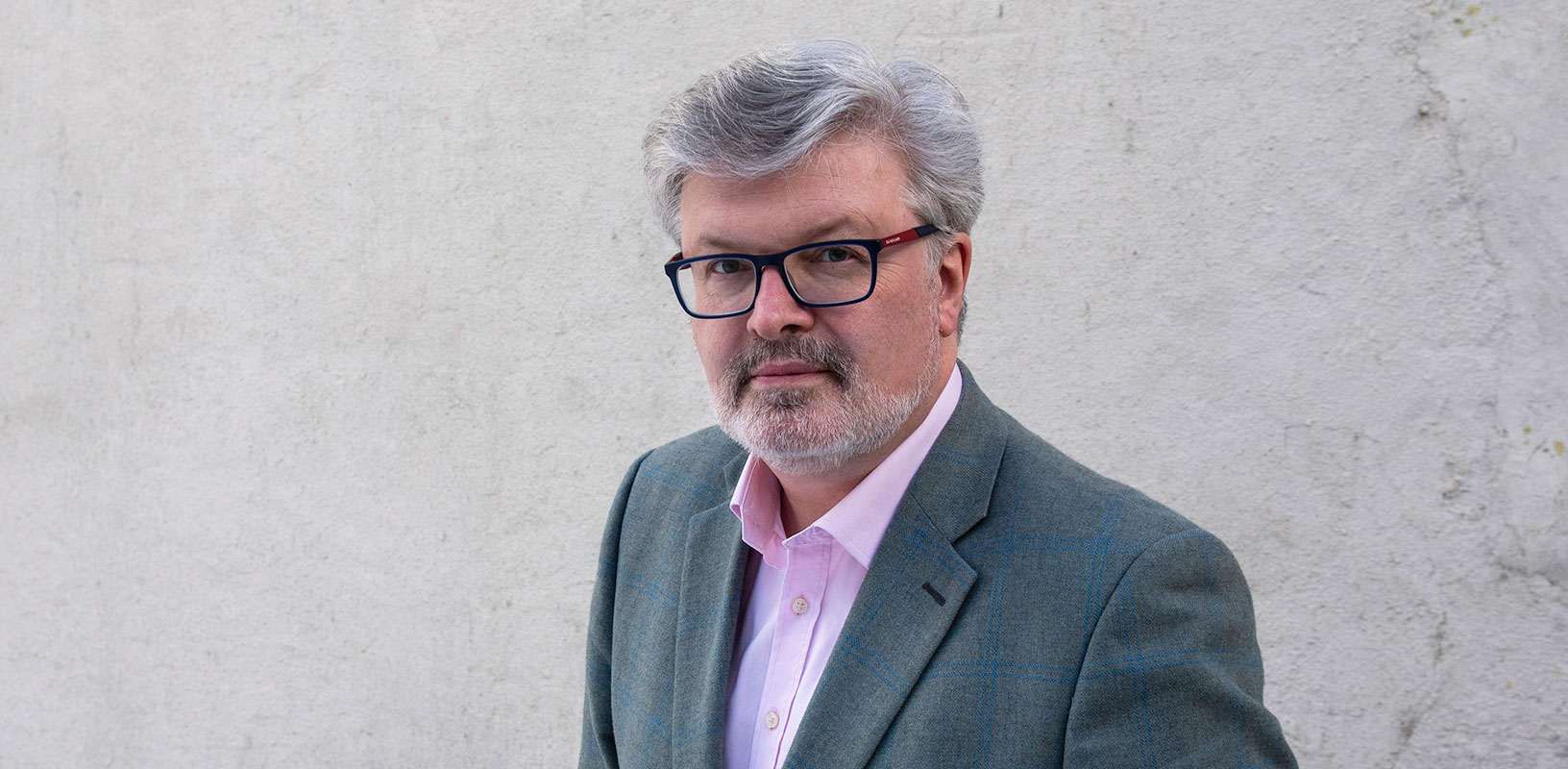James MacMillan: interview about his new choral symphony

James MacMillan’s new Symphony No.5: ‘Le grand Inconnu’ provides the finale to his 60th birthday feature at this year’s Edinburgh International Festival (10-17 August).
How do you approach writing a new symphony?
The symphonic tradition, and Beethoven’s monumental impact on it, is an imposing legacy which looms like a giant ghost over the shoulder of any living composer foolhardy enough to consider adding to it. Some turn away in terror while others can’t help themselves. Perhaps not fully knowing what writing a symphony ‘means’ any more, some of us are drawn towards it like moths flapping around a candle flame. After my fourth I felt the itch of a fifth: Dah-dah-dah-dum!
With your symphony’s inclusion of choral voices and its focus on the Holy Spirit, did you have any musical models in mind?
There are many great motets from the past which set texts devoted to the Third Person of the Trinity, and in the 20th century the one piece which stands out is the setting of the Veni Creator Spiritus in the first movement of Mahler’s Eighth Symphony. One can speculate on Mahler’s inspiration; was his idea of the Holy Spirit orthodox and in keeping with received theological understanding? Or did it involve various intellectual and cultural threads pointing in the direction of inspired but general, spiritual creativity?
Do you see this theme as particularly relevant at the moment?
There is a genuine burgeoning interest in spirituality in our contemporary post-religious and now post-secular society. Music is described as the most spiritual of the arts, even by non-religious music lovers, and there is a genuinely universal understanding that music can reach deep into the human soul in a mysterious way. This is summed up by the fifth symphony’s subtitle – Le grand Inconnu – a French term used to describe the Holy Spirit which I cannot find replicated in the English spiritual tradition.
What was the starting point for the composition?
The symphony was commissioned by the Genesis Foundation, and its founder, the philanthropist John Studzinski, gave me a copy of The Holy Spirit, Fire of Divine Love by the Belgian Carmelite Wilfred Stinissen. It was a good point of entry, theologically, but it also called to my attention some visionary poetry by St John of the Cross, and this line from the book in particular drew me in; “Even his name reveals that the Holy Spirit is mysterious. The Hebrew word ‘ruah’, the Greek word ‘pneuma’ and the Latin ‘spiritus’ mean both ‘wind’ and ‘breath’”, and it was these words which provided the very first sounds heard in my symphony.
What is the form of the symphony?
The first movement is called Ruah, the second Zao (ancient Greek for 'living water') and the third is Igne vel Igne (Latin for 'fire or fire'). So, each has links with the physical elements connected to the Holy Spirit (wind, water, fire). Sound associations and impressions guided the choice of texts in each of the three movements and often dictated the overall structure; which bits of St John of the Cross to use, which corresponding moment in Scripture might amplify or reflect the general direction, which sounds to use in the orchestra as well as extended vocal sounds in the choir which were not necessarily sung.
Was there a particular soundworld you wanted to create?
In broad terms I wanted to explore the elemental and primal sounds and words associated with the Spirit. I’ve also used quarter-tones more in this piece than many others, with material springing forth from various harmonic series. I’ve always been fascinated by spectral sounds, ever since hearing Gerard Grisey and Tristan Murail talk about them in Darmstadt in 1980. Many of these trends couldn’t offer me enough expressive potential but they still hover on the periphery of my imagination from time to time and there is a conceptual compulsion in their deployment here.
How did you weave the choral voices into the orchestral score?
My joy of writing for choirs persists and I had to break work on the symphony to compose a 40-part motet, Vidi Aquam, which is a companion piece to Tallis’s Spem in Alium. Before tackling it I was terrified of the complexity but, once settled into the task, I was in a very special place and enjoyed building up the contrapuntal edifice. Some of this got carried over into the symphony, with its chamber choir and large chorus. At the end of the second movement I divide these two ensembles into 20 parts, which allowed me to continue communing with the English Renaissance master.
Interviewed by David Allenby, 2019
James MacMillan
Symphony No.5: ‘Le grand Inconnu’ (2018) 50’
for chamber choir, chorus and orchestra
Commissioned by the Genesis Foundation
for Harry Christophers and The Sixteen
17 August 2019 (world premiere)
Usher Hall, Edinburgh International Festival
Scottish Chamber Orchestra/The Sixteen/
Genesis Sixteen/Harry Christophers
14 October 2019
Barbican, London
Britten Sinfonia/The Sixteen/
Genesis Sixteen/Harry Christophers
For further information on James MacMillan and other 60th birthday events visit:
www.boosey.com/macmillan
www.jamesmacmillan.co.uk/
> Further information on Work: Symphony No.5: 'Le grand Inconnu'
Photo: Marc Marnie
